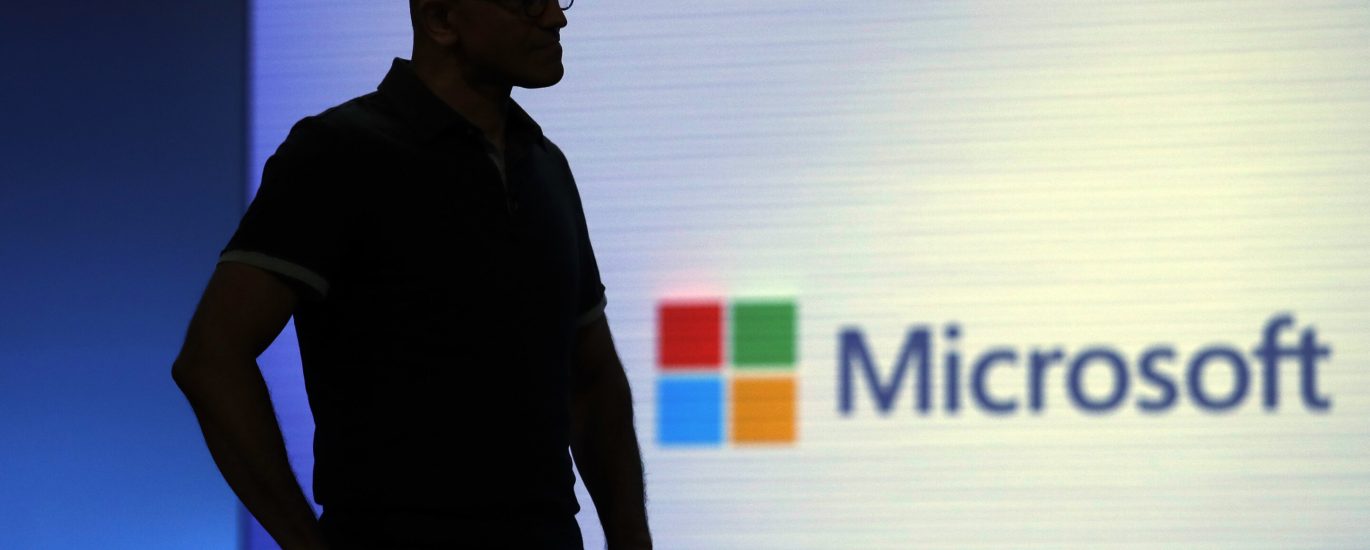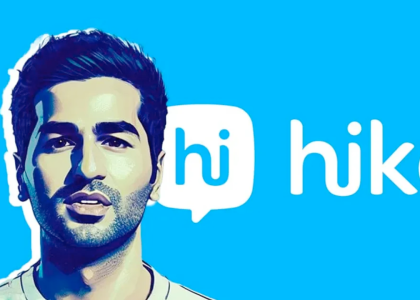Executive Summary
Microsoft’s transformation into a cloud-first organization under CEO Satya Nadella is a globally recognized business reinvention story. Confronted with stagnation in its traditional software business and intense competition in a mobile- and cloud-centric world, Microsoft pivoted to embrace the cloud as its core growth engine. This pivot, marked by the explosive growth of Azure, Microsoft 365, and integrated AI and enterprise solutions, has repositioned Microsoft as a technology leader and made it one of the most valuable companies globally. The shift was not just technological—it was cultural, structural, and customer-centric. This case study explores how Microsoft adopted a cloud-first strategy, the implementation journey, resulting outcomes, and key learnings.
Background / Situation
Market Context Before 2014
Prior to Nadella’s appointment as CEO in 2014, Microsoft was heavily reliant on licensing revenue from Windows and Office suites. While still profitable, the company was losing relevance:
- Mobile Miss: Microsoft failed to capitalize on the smartphone boom, with Windows Phone unable to compete with Android or iOS.
- Cloud Laggard: AWS had taken a substantial early lead in cloud services.
- Internal Silos: Organizational culture was competitive, with product teams working in isolation.
- PC Dependency: Heavy dependence on the declining PC market posed a risk to future growth.
Leadership Transition
In February 2014, Satya Nadella, formerly EVP of Microsoft’s Cloud and Enterprise group, was named CEO. His appointment marked a shift toward innovation, openness, and long-term cloud bets.
“Our industry does not respect tradition — it only respects innovation.” – Satya Nadella
Strategy / Approach Taken
Vision: “Mobile-first, Cloud-first”
The guiding philosophy of Nadella’s strategy was to reposition Microsoft not just as a product company, but as a platform and productivity services company for a mobile and cloud world.
Key Strategic Pillars
- Azure as Growth Engine: Invest heavily in cloud infrastructure and enterprise partnerships.
- Transition to SaaS: Shift Office to a subscription model with cloud capabilities (Microsoft 365).
- Developer Ecosystem: Support open-source, acquire GitHub, and enhance Azure DevOps.
- Enterprise Collaboration: Launch Teams to compete with Slack and Zoom.
- AI & Edge Computing: Invest in OpenAI and bring Copilot capabilities into the workflow.
- Cultural Renewal: Foster a growth mindset across the organization.
Cultural Change
Nadella emphasized empathy, learning, and cross-functional collaboration. Books like “Hit Refresh” and internal town halls focused on human-centered leadership.
Implementation
Execution Timeline
| Year | Strategic Milestone |
|---|---|
| 2014 | Nadella appointed CEO; begins cultural transformation |
| 2015 | Office 365 gains traction; Azure enhanced with hybrid tools |
| 2016 | Acquires LinkedIn; Teams development begins |
| 2018 | Buys GitHub; Azure overtakes Google Cloud in market share |
| 2020 | COVID-19 drives surge in cloud usage and Teams adoption |
| 2023 | Integration of OpenAI tools (Copilot) in M365 begins |
Core Execution Tactics
- Product Bundling: Integration of Teams with Microsoft 365 increased adoption.
- Sales Realignment: Shifted from license selling to customer success-focused cloud consultants.
- Partner Ecosystem: Expanded co-sell and ISV programs.
- Freemium & Trials: Allowed easy entry with cloud credits and developer support.
Results & Impact
Financial Impact
- Cloud Revenue: $115B+ (FY 2023)
- Azure Revenue: $60B+ with 25–30% YoY growth
- Microsoft 365 Users: Over 400M active users
- Market Cap: Surpassed $3 Trillion (2024)
- Operating Margins: Increased to over 40%
Market & Competitive Position
- Second only to AWS in IaaS/PaaS
- Leader in SaaS with dominance in productivity apps
- Microsoft Teams became the #1 collaboration tool globally
Customer Experience Transformation
- NPS improvement through proactive onboarding and self-service (FastTrack, Microsoft Learn)
- AI copilots integrated into Outlook, Excel, Word, and Teams
- High customer retention through seamless platform integration
Best Practices / Learnings
- Culture Precedes Tech: Digital transformation only succeeds with cultural reinvention.
- Ecosystem Thinking: Products should work in tandem to deliver cumulative value.
- Platformization Wins: Developers, partners, and customers thrive in open ecosystems.
- Subscription is Sticky: Recurring revenue models stabilize cash flow and improve LTV.
- Leadership Empathy Matters: Authentic leadership helped align 200K+ employees.
- AI is a Differentiator: Embedding generative AI early (Copilot) created defensible IP.
Sources
- Microsoft Annual Reports (2014–2024)
- Satya Nadella’s “Hit Refresh”
- Financial Times, Bloomberg Tech, Forbes
- Gartner Magic Quadrant for Cloud (2022–2024)
- IDC MarketScape, Forrester Wave reports
- Official Microsoft Investor Relations portal
- Harvard Business Review: Cloud Strategy under Satya Nadella






